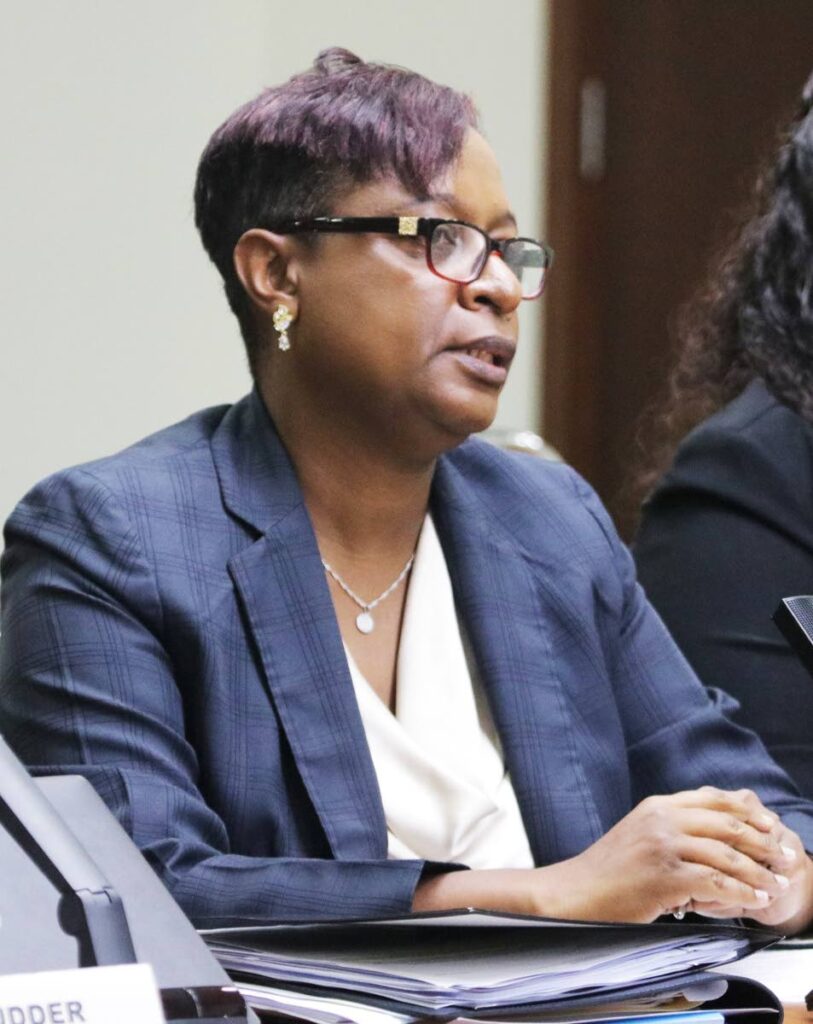Minding mining

It's taken almost three years for the Ministry of Energy to take more decisive action on illegal quarrying after the issue was raised in a parliamentary Public Accounts Committee meeting in 2020.
At the 13th meeting of the committee on Wednesday, Energy Ministry PS Penelope Bradshaw-Niles announced that the government has sent out a letter of approval for an aerial survey of quarry lands. The last aerial survey was done in 2014, and since then the ministry has relied on images from Google Earth, which are updated at the search company's discretion.
The ministry's new efforts to understand the scale of both legal and illegal mining in Trinidad and Tobago follow an acknowledgement by TT Transparency Extractive Initiative (TTEITI) chairman Gregory McGuire's assessment of the challenges facing the mining sector at a virtual event by the group on March 8.
Mr McGuire explained that unpaid royalties were now an estimated $194 million, while only eight out of at least 88 quarry operators have licences to conduct quarrying, making illegal quarrying a high agenda item for the TTEITI and, it's to be hoped, for the Energy Ministry as well. There is also a shortfall in the number of companies who report to the TTEITI, raising questions about the scale of illegal mining outside of quarrying.
Mr McGuire explained that the local mining sector represented an asset of strategic value, particularly with the world turning to alternative energy sources.
Mining, like other extractive industries, is a business that is governed by diminishing, non-renewable returns, and it would be prudent for the government to manage mining industries with the same rigour it has brought to the petroleum sector.
It would be as untenable for a tenth of the businesses in the petroleum sector to be operating without licences as it would be would be unthinkable for businesses to drill for oil and gas without paying royalties to the government.
It is puzzling, therefore, to find that mining and more specifically, quarrying, seem to inhabit a continuing blindspot on the Energy Ministry's radar.
Proper assessment of lands under an official mining licence, as well as suspected areas where illegal mining might be done using satellite data, is necessary but that process requires access to specialised technical data and analytical tools.
The Energy Ministry would be well advised to step up its Google Earth game by following the lead of the EMA in using local drone pilots to record changes along mapping paths informed by geology to improve its picture of what's happening in the remote regions where illegal mining is most likely to occur.
But the ministry also must be ready to take decisive and robust action on what it finds, because illegal quarrying has also become a vector for gun violence.


Comments
"Minding mining"